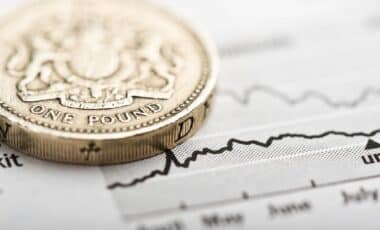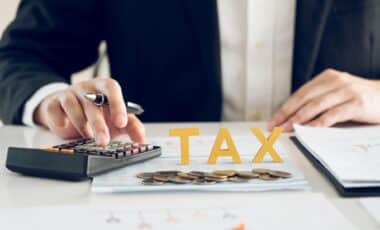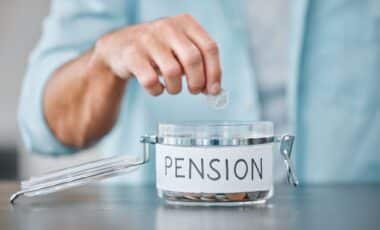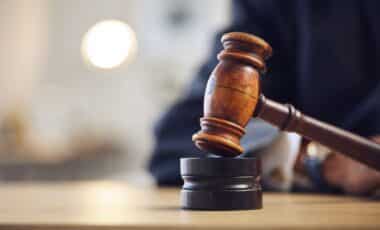Over a million UK pensioners are now paying higher-rate tax, double the number from four years ago. Experts warn that fiscal drag is quietly eroding retiree incomes.
The number of British pensioners paying income tax has risen sharply in recent years, with fresh figures revealing a doubling in the number subject to higher-rate taxation. As inflation-linked pensions rise while tax thresholds remain static, retirees are finding themselves paying more tax on their income, savings, and gains.
This development underscores a broader economic trend described by analysts as “fiscal drag” — where people are pushed into higher tax brackets not because they are wealthier, but because tax thresholds have not kept pace with inflation. The impact on pensioners is becoming increasingly visible.
Doubling of Higher-Rate Taxpayers Among Retirees
Around one million pensioners are now paying income tax at the higher 40 percent rate or above, according to data from HM Revenue and Customs obtained by former pensions minister Sir Steve Webb through a Freedom of Information request. This represents a significant increase from approximately 494,000 in the 2021–22 tax year.
During the same period, the total number of pensioners paying any level of income tax has grown from 6.7 million to 8.8 million. The main factors driving this rise include frozen income tax thresholds and increases in the state pension, which is adjusted in line with inflation.
Sir Steve Webb, now a partner at Lane Clark & Peacock (LCP), stated that this trend is not only increasing the tax paid on state and private pensions but also reducing the personal savings allowance and increasing capital gains tax liabilities for many.
“The higher rate threshold has become a real cliff-edge over which growing numbers of pensioners are falling.” he said.
Fiscal Drag Shifts the Tax Burden Onto Retirees
The phenomenon of fiscal drag — where individuals pay more tax simply due to inflation outpacing frozen thresholds — is having a disproportionate effect on pensioners.
According to Charlene Young, senior pensions and savings analyst at AJ Bell, the nation “has fallen victim to the effects of fiscal drag in recent years,” as static allowances draw more people into the tax system.
Under current rules, basic-rate taxpayers can earn up to £1,000 in savings interest tax-free, while higher-rate taxpayers only receive a £500 allowance. Those in the additional-rate band have no savings allowance at all. For pensioners, who may rely on interest income, these changes represent a tangible decline in disposable income.
Although the state pension age is due to rise from 66 to 67 between 2026 and 2028, which may slightly slow the trend, the current trajectory shows that pensioners are increasingly bearing the fiscal load created by static thresholds amid rising nominal incomes.









